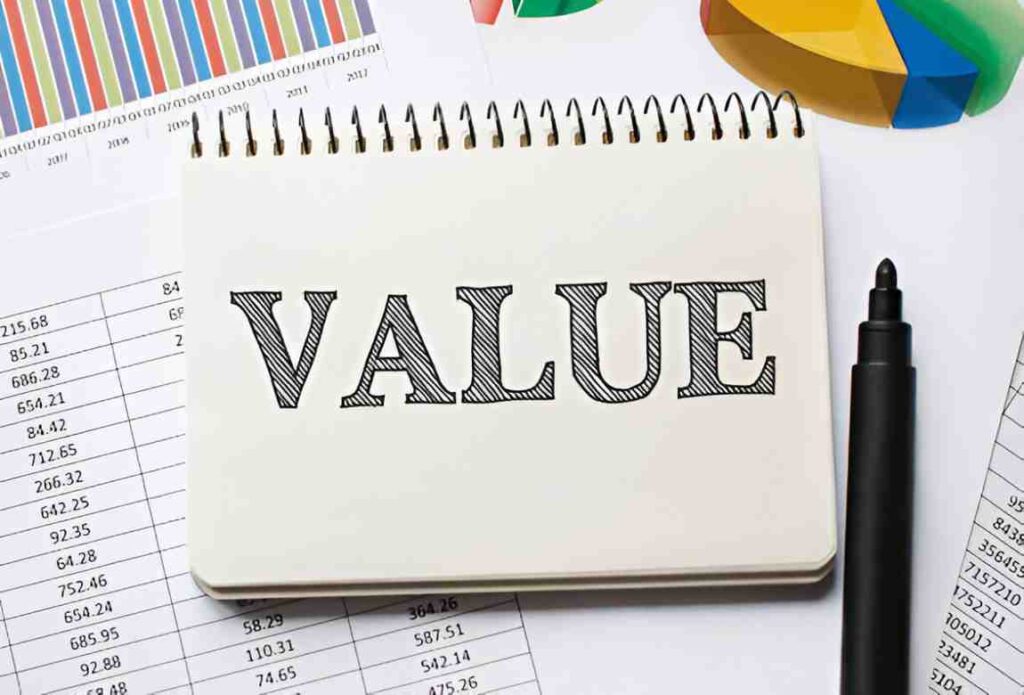As someone who has worked in finance and accounting for years, I know how crucial it is to grasp key valuation concepts. One such concept is Net Realizable Value (NRV), a fundamental principle in inventory accounting and financial reporting. Whether you’re a business owner, accountant, or student, understanding NRV helps you make informed decisions about asset valuation. In this guide, I break down NRV in simple terms, explain its importance, and provide real-world examples.
Table of Contents
What Is Net Realizable Value?
Net Realizable Value (NRV) represents the estimated selling price of an asset minus any costs required to make the sale. In accounting, NRV ensures assets aren’t overstated on financial statements. The formula for NRV is straightforward:
NRV = \text{Estimated Selling Price} - \text{Estimated Costs of Completion and Disposal}For example, if I have inventory worth $10,000 but expect to spend $2,000 on marketing and shipping to sell it, the NRV is $8,000.
Why NRV Matters in Accounting
NRV plays a critical role in inventory valuation under the lower of cost or market (LCM) rule, as per Generally Accepted Accounting Principles (GAAP). If the market value (often NRV) of inventory falls below its cost, businesses must write it down to reflect the loss. This prevents overstatement of assets and ensures financial statements remain accurate.
NRV in Different Industries
- Retail: A clothing store must account for unsold seasonal items. If winter coats don’t sell at full price by spring, the NRV drops due to discounting.
- Manufacturing: A car manufacturer calculates NRV by subtracting dealer commissions and delivery costs from the expected sale price.
- Agriculture: Farmers assess NRV for crops by estimating sale proceeds minus transportation and storage fees.
Calculating NRV: A Step-by-Step Example
Let’s say I own a furniture business with 100 chairs in inventory. Each chair costs $50 to produce, but due to market saturation, I can only sell them for $70 each. Selling expenses (packaging, delivery, and sales commission) amount to $10 per chair.
The NRV per chair is:
NRV = \$70 - \$10 = \$60 \text{ per chair}Since the NRV ($60) is higher than the cost ($50), no write-down is needed. But if the selling price drops to $55, the NRV becomes $45 ($55 – $10), which is below cost. In this case, I must report inventory at $45 per chair, recognizing a $5 loss per unit.
NRV vs. Fair Market Value
People often confuse NRV with Fair Market Value (FMV), but they differ:
| Aspect | Net Realizable Value (NRV) | Fair Market Value (FMV) |
|---|---|---|
| Definition | Selling price minus selling costs | Price in an open market transaction |
| Usage | Inventory accounting | Asset valuation, taxation |
| Flexibility | Tied to specific sale conditions | Broader market-based estimate |
While FMV considers what a willing buyer and seller agree upon, NRV focuses on the net amount a business expects to receive after sale-related expenses.
NRV in Accounts Receivable
NRV also applies to accounts receivable (AR). If I have $50,000 in outstanding invoices but estimate that 5% will go unpaid (bad debts), the NRV of AR is:
NRV = \$50,000 - (\$50,000 \times 0.05) = \$47,500This adjustment ensures AR reflects only collectible amounts.
Common Missteps in NRV Calculation
- Underestimating Costs: Ignoring minor expenses like packaging can inflate NRV.
- Overly Optimistic Pricing: Assuming higher sale prices without market evidence leads to inaccuracies.
- Ignoring Obsolescence: Failing to account for outdated inventory results in overstated assets.
How GAAP and IFRS Treat NRV
Both GAAP (U.S. standards) and IFRS (global standards) require NRV assessments, but with slight differences:
- GAAP: Uses the lower of cost or market rule, where “market” is typically replacement cost but capped at NRV.
- IFRS: Directly compares inventory cost to NRV and writes it down if NRV is lower.
Practical Implications for Businesses
- Tax Reporting: Lower NRV leads to higher expense recognition, reducing taxable income.
- Investor Confidence: Accurate NRV reporting builds trust in financial statements.
- Loan Approvals: Lenders assess NRV to determine collateral value.
Final Thoughts
Understanding NRV isn’t just about compliance—it’s about making smarter financial decisions. By accurately estimating NRV, I ensure my business stays transparent, avoids unnecessary losses, and maintains credibility with stakeholders. Whether you’re managing inventory, AR, or other assets, mastering NRV is a step toward financial clarity.





